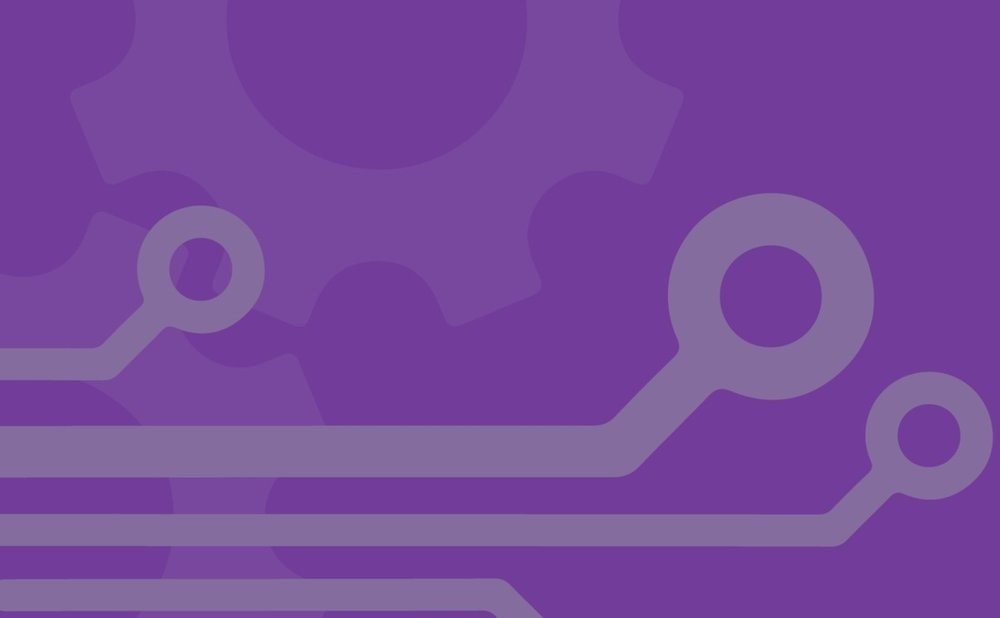Automation in Healthcare
As in other industries, there’s a lot of talk in the media about when Artificial Intelligence and automation will replace doctors, nurses and healthcare providers.
Patients continue to visit Dr. Google to save money on their healthcare expenses, meanwhile studies of automation in hospitals and health care systems already show that tasks such as reading mammograms and stitching sutures can be done by robots more precisely, with less errors.
On the clinical side the use of big data is here, and it will certainly continue to change the way health care is delivered. But while virtual doctors and robots performing surgery make for good chatter in the media, we’re a long way from using data alone to make life-changing decisions for patients.
Where we can put data and automation to use is right here, right now in healthcare administration to create measurably better financial outcomes for providers, and measurably better clinical outcomes for patients.
Administrative Tasks..and Costs in the United States
The administrative costs of healthcare are extraordinary, and in the United States, higher than any other comparatively wealthy nation. Back office operations require a large headcount, with one study showing that for every 10 doctors in a medical group, another 7 people are on the payroll involved with billing alone.
Information from 1999 attributes nearly 30% of the nation’s healthcare costs to administrative tasks, and this number has only been growing. Alarmingly, outpacing or matching the speed at which other healthcare expenses are rising, such as prescription drug costs.
Healthcare companies are carrying a substantial amount of overhead in administrative departments such as billing, scheduling, reporting, marketing and sales. Many of these tasks are repetitive and data-driven, lending themselves to successful automation. Few of these tasks contribute to more successful patient outcomes.
The Threat of Unsustainability
Not only are the administrative costs of healthcare on the rise, but so is the population that utilizes the health system the most. We know that 25% of lifetime health spending occurs in a patient’s last year of life. We also know that the senior population in the United States will reach nearly 84 million in the year 2050, double what it was in 2012.
With the Medicare Trust Fund inadequately financed, full benefits are certainly not guaranteed through 2050 with the current expected growth in health expenditures over this period. This puts not only routine care recipients at risk, but an entire nation at risk should a health emergency arise such as outbreak of disease or an extreme weather event.
In addition, as baby boomers age, they are facing more chronic health challenges than previous generations. Just 5% of the US population accounts for 50% of healthcare spending. This aging population makes up over half of that spending.
The United States currently spends $3.5 trillion on healthcare, which equates to 18% of GDP and over $10,000 per capita. This number is expected to grow nearly 6% each year, to reach $6 trillion by 2027, unless something changes.
Technology and data can and must be put to use here and now to provide solutions to slow the growth of health administration costs, and improve outcomes for patients.
The Kara Health Solution
Kara Health is doing things differently. By aggressively tackling the non-clinical aspects of healthcare services and automating back office tasks, we are able to invest in the humans who make the most difference for patients, best-in-class clinicians.
Administrative automation is the healthcare technology we need to talk about. Organizations are limited in the amount of great care they can provide, because they can’t afford to pay enough top clinicians. What if data-driven technology could remove these limits by significantly reducing the 25–30% of healthcare costs currently allocated towards scheduling, billing and reporting?
At Kara Health, we don’t have a single person in sales, billing, intake,marketing, supplies, or medical records. Automating each of the non-clinical back-end operations means directly and effectively tackling the following statistic:
- 30% of healthcare spending is administrative expense
Affording us the opportunity to reinvest in services that tackle the next two:
- 5% of the US population accounts for 50% of healthcare spending
- 25% of all health spending happens in the last year of life
These are the numbers we are having a huge impact on. At Kara Health we’re changing these statistics through technology and sustainable service models. By delivering massive savings to the health plans, health systems,medical groups, and home based care companies we work with, we’re able to invest in what really matters: positive patient outcomes.
PS: stay tuned and subscribe to hear more about our journey with data at Kara!




